Just outside of Gardiner, Montana sits a small cemetery on a hill.
Under the shadow of Sepulcher Mountain, there are pleasant high-desert views, sagebrush and cactus, and the occasional “Rawk!” of a raven.
The cemetery, which actually lies within the park boundary, dates back to at least the early 1900s. Several graves bear the date of death of 1918—most likely victims of the Spanish flu pandemic. Many are unmarked and sunken with just a ring of stones to outline the grave. And many are much, much too small.
But the cemetery is the final resting place of one relatively well-known concessioner from Yellowstone National Park’s early days—“Uncle John” Yancey.
For about 20 years, from 1884 until his death May 7, 1903, Yancey operated a modest hotel and stage stop in Pleasant Valley.
Pleasant Valley is near Tower Junction in the park’s northeastern quadrant. It is the current site of the Roosevelt Cookout, a popular, concession-run Old West-style chuck wagon dinner accessed by horseback or horse-drawn wagon, a short distance northwest of Roosevelt Lodge.
Pleasant Valley lay in the route between Mammoth Hot Springs and Cooke City, Montana, which was then a mining boom town located just outside the park’s northeast entrance.
Yancey applied for and was granted a 10-year lease in 1884 to build a hotel on the site, 18 miles from Mammoth Hot Springs, according to information gathered by longtime Livingston, Montana historian Doris Whithorn in her self-published book, Twice Told on the Upper Yellowstone, Volume 2.
There’s a short description of Yancey’s Pleasant Valley Hotel in author Lee H. Whittlesey’s book, Yellowstone Place Names:
The five-room hotel was said to accommodate 20 guests for $2 per day, including meals. One local story had it that the glasses at Yancey’s never held water, only whiskey. Another claimed that Yancey never gave change. One dollar would buy four drinks or one drink, normally 25¢, but the customer never got any change.
Whithorn found stories about Yancey in the local newspapers of the day. He and his hostelry played an important role more than once in the lives of those nearly overcome by winter storms.
On a Wednesday in January of 1886, the mail from Cooke City had not arrived yet in Gardiner. Jennie Fitzgerald, the daughter of the carrier, S.M. Fitzgerald, “mounted a horse and left Gardiner with the heroic determination of finding her father whom she felt sure must have perished in the storm or been buried in a snow slide,” the Livingston Enterprise reported on Jan. 29, 1886.
At Mammoth, Walter J. Henderson of the Cottage Hotel stopped Jennie and insisted he go instead. Henderson arrived at Yancey’s on Friday and found that Fitzgerald had only arrived there a few hours earlier. Both men had been caught in a blizzard with terrible whiteout conditions.
“I had to stand still for many minutes while the great whirlwind surged over us like the white foam of an ocean dashing in every direction,” Henderson told The Enterprise. “Then I had to take my bearings with great caution, noting every mountain peak and point of timber and besides I had to look out for a lost man and probably an avalanched team.”
Fitzgerald and Henderson made it safely back to Mammoth on Saturday.
(There was a large plot of several generations of a Fitzgerald family in the Gardiner cemetery, perhaps relatives of Jennie and S.M.—or the pair themselves?)
Yancey also hosted members of the iconic Frederick Schwatka party of 1887, who sought to explore Yellowstone in winter. The party of eight left Mammoth on Jan. 2, 1887 on long wooden skis, as quoted by Whithorn in a story recounted in The Park County (Montana) News, “Jack E. Haynes Tells of Dad’s 1887 Ski Trip,” dated March 28, 1957.
Schwatka was a famous Arctic explorer, but by the time the group reached Norris, he was ill and disheartened. He and three men decided to turn back. Frank Jay Haynes, a famous early Yellowstone photographer, wanted to keep on. He and three men pushed on to Old Faithful, where a storm trapped them for five days.
And rather than stay in the primitive “Shack Hotel” at the Upper Geyser Basin, where building a fire brought in outside drafts that were unbearable, they found a tent in a storeroom and pitched it on warm ground near Old Faithful Geyser.
The group continued on to Canyon, and then it was about 20 miles from there—and mostly downhill—to Yancey’s. But it got cold and a storm blew in. It took them 3 days to reach Yancey’s, exhausted, hungry and “chilled to the bone.”
Yancey put them all to bed to rest and gave them weak broth to start off with—“despite threats to kill him if he did not give them food.”
Haynes took the photo above of party members outside Yancey’s establishment.
The Gardiner publication “Wonderland” published Yancey’s obituary, and was reprinted by the Livingston Post on May 14, 1903. The obituary says Yancey was 78, although his tombstone says he was 77 when he died in Gardiner.
The paper thoroughly eulogized the Kentucky native.
“His rugged manhood, quick sympathy, broad charity, loving kindness and unswerving honor had endeared him to every person with whom he came in contact.”
Yancey never married. He left his estate along with the concession rights to the Pleasant Valley Hotel, to his nephew Dan Yancey. Yancey held the lease until 1906, when the hotel burned. He didn’t have insurance. Park officials did not renew his lease.
Yancey was ill and fading on the day of the laying of the cornerstone on the Gardiner Arch, also known as Roosevelt Arch. The cornerstone was laid on April 24, according to the Livingston Post article. Yancey died two weeks later. The arch is visible from Yancey’s grave.
 Yellowstone Insider Your Complete Guide to America's First National Park
Yellowstone Insider Your Complete Guide to America's First National Park
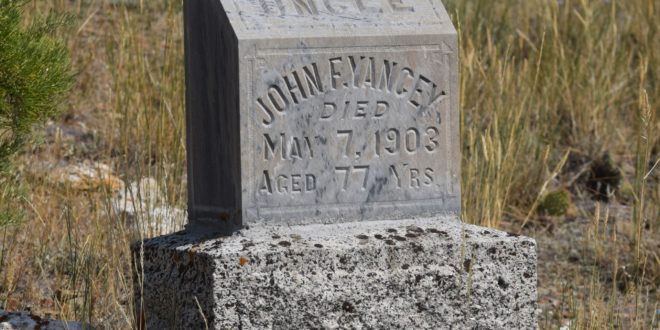
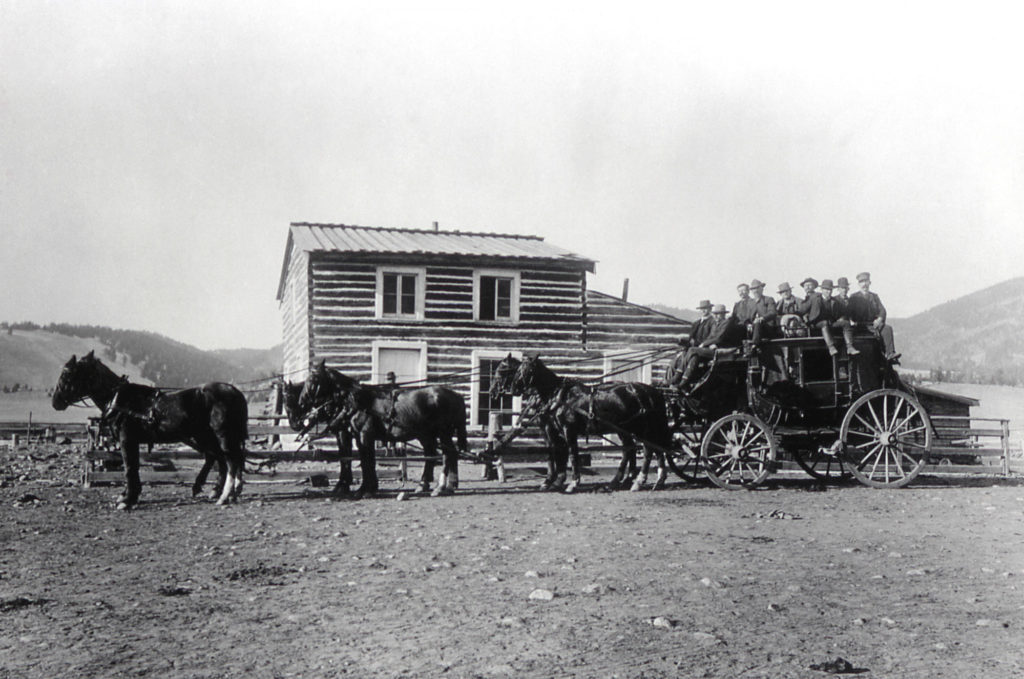
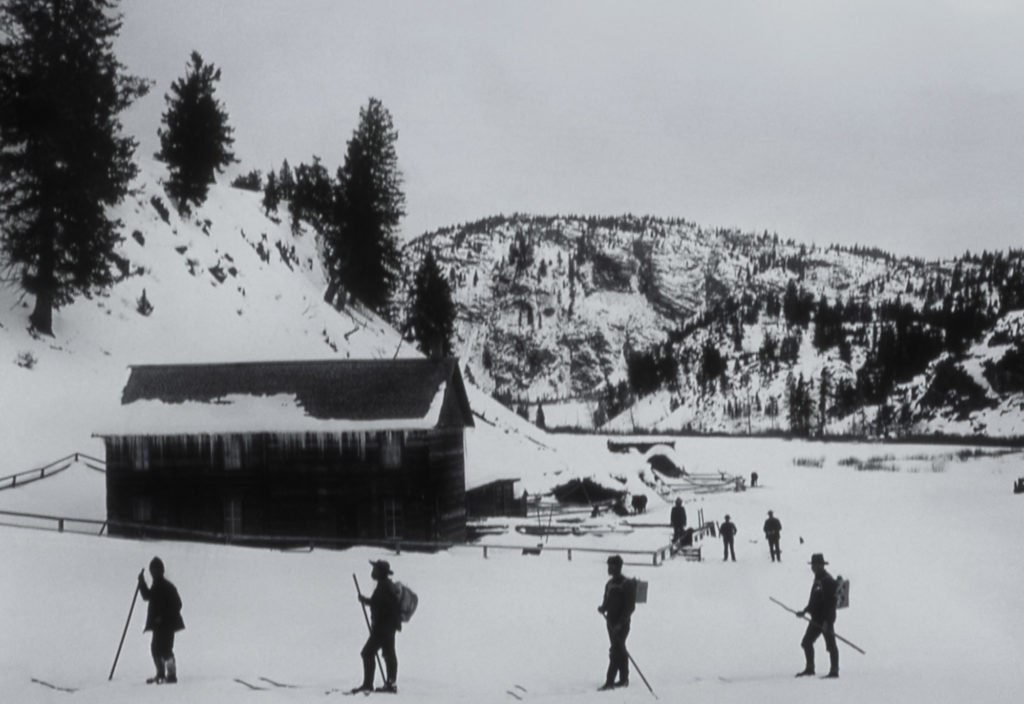

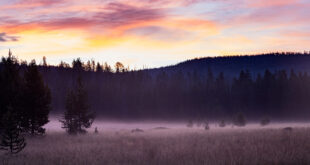
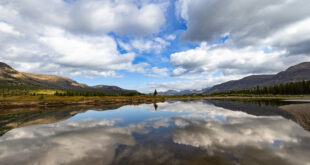
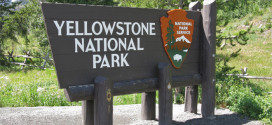
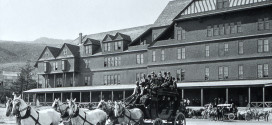
You must be logged in to post a comment.